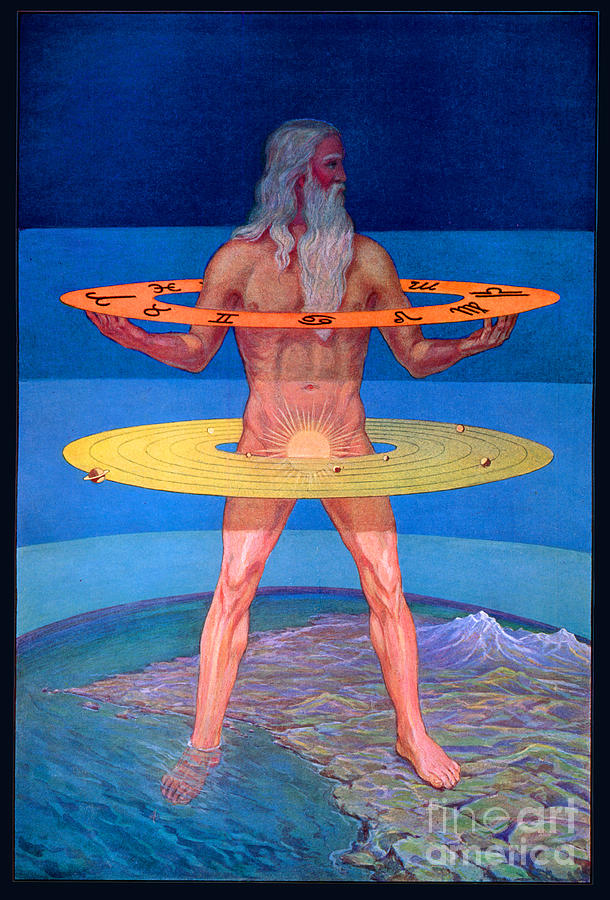Sefirot, Adam Kadmon, and the Shekhinah in Kabbalistic Thought #
“The ten sefirot are not ten gods but ten aspects of the one ineffable unity.”
— Gershom Scholem
📘 Introduction #
The Kabbalistic cosmology of Judaism presents a layered, symbolic, and metaphysical model of divine emanation. Rather than describing God as a discrete, anthropomorphic being, Kabbalah views divinity as expressing itself through ten sefirot, emanating from the ultimate unknowable source (Ein Sof, the Infinite).
In this model, Adam Kadmon, the primordial human, and Shekhinah, the indwelling feminine presence, become key figures for understanding how the Infinite interacts with the finite world.
🧬 The Sefirot: Channels of Divine Expression #
The sefirot (ספירות) are ten emanations or vessels through which divine energy flows. Each sefirah represents a distinct aspect or function of divinity:
| Sefirah | Meaning | Symbolic Role |
|---|---|---|
| Keter | Crown | Will / Pure potential |
| Chokhmah | Wisdom | Intuition / Flash of insight |
| Binah | Understanding | Analysis / Structure |
| Chesed | Loving-kindness | Overflowing compassion |
| Gevurah | Strength / Judgment | Limitation / Justice |
| Tiferet | Beauty | Balance / Harmony |
| Netzach | Eternity / Victory | Perseverance / Confidence |
| Hod | Glory / Splendor | Submission / Precision |
| Yesod | Foundation | Connector / Channel to the world |
| Malkhut | Kingdom | Manifestation / Presence |
These are often diagrammed in the Tree of Life, a glyph used in both Jewish and Western esoteric traditions.
🧍 Adam Kadmon: The Cosmic Archetype #
Adam Kadmon (אָדָם קַדְמוֹן) is the "Primordial Man," a symbolic construct representing the first emanation after the tzimtzum (divine contraction) of Ein Sof. He is not a human, but rather the template of all potential form.
Key Associations: #
- First expression of organized divine light (Ohr)
- Blueprint for creation
- Embodiment of the unified sefirot before their differentiation
- Often visualized as a vast, radiant human form spanning the cosmos
Adam Kadmon reflects a macrocosmic ideal — in contrast to the physical Adam of Genesis, who represents the microcosm.
🌙 Shekhinah: The Divine Feminine Presence #
Shekhinah (שכינה) is the indwelling or immanent presence of God, often identified with the lowest sefirah, Malkhut. She is the Divine Bride, the feminine aspect of the Godhead, and is seen in exile when there is disharmony among the sefirot or among humans.
Symbolism: #
- Dwells with Israel in exile
- Shabbat is her time of reunion with the higher sefirot (especially Tiferet)
- Embodies the sacred feminine and the longing for cosmic repair (tikkun)
Shekhinah is the point of divine-human interaction and the bridge between heaven and earth.
🌌 Theological Implications #
-
Unity through Multiplicity
- The sefirot preserve monotheism while allowing for dynamic divine activity.
-
Anthropomorphic Language, Non-Literal Meaning
- Though using human metaphors (e.g., "hands," "faces"), these are symbols, not physical descriptions.
-
Creation as a Descent of Divine Light
- From Ein Sof ➝ Adam Kadmon ➝ Sefirot ➝ Physical World.
-
Humanity's Role in Repair (Tikkun Olam)
- Right conduct realigns the sefirot, bringing divine harmony.
🕯️ In Practice #
- Meditation on the sefirot forms part of mystical Kabbalistic prayer.
- Sefer Yetzirah, Zohar, and Etz Chaim are essential texts.
- Hasidic thought (especially from the Baal Shem Tov) internalizes these concepts into ethical and devotional life.
📚 Recommended Reading #
- Major Trends in Jewish Mysticism — Gershom Scholem
- Kabbalah — Moshe Idel
- The Essential Kabbalah — Daniel Matt
- The Zohar: Pritzker Edition (multiple volumes)
🛸 Beyond Kabbalah: Western Esoteric Adaptations #
The sefirotic system became foundational in Hermetic Qabalah, influencing:
- The Golden Dawn
- Aleister Crowley’s Thelema
- Tarot Tree of Life interpretations
However, original Jewish Kabbalah maintains a theocentric, devotional character — focused not on magical power, but on mystical union and moral refinement.
🔚 Consider #
The Sefirot, Adam Kadmon, and the Shekhinah form the core symbolic architecture of Jewish mysticism. These are not "gods" or "deities" in the polytheistic sense but rather channels through which the singular Divine interacts with creation, making itself knowable, immanent, and ultimately repairable through human action.

“There is no place devoid of Him.” — Tikkunei Zohar 57